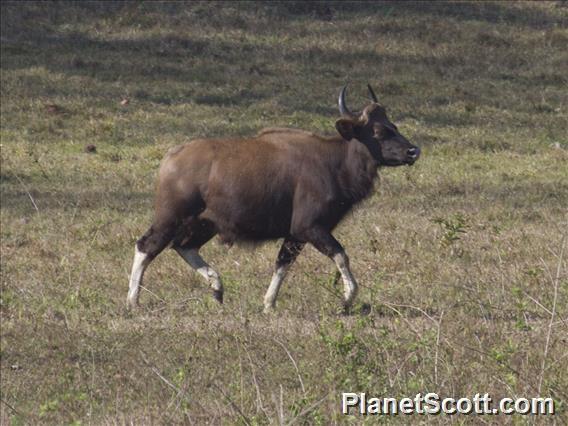Gaur (Bos frontalis)

Gaur (Bos frontalis)
×


Gaur (Bos frontalis)
About Gaur (Bos frontalis)
- Kingdom: Animals
- Phylum: Chordates
- Class: Mammals
- Order: Even-toed Ungalates and Cetacean
- Family: Bovids
The gayal, also known as mithun or Drung ox, is a large semi-domesticated cattle in the Himalayan foothills of South and primarily in Northeast India.
Source: Wikipedia
Visits
-
2013-02-19
Periyar Wildlife Sanctuary, India

